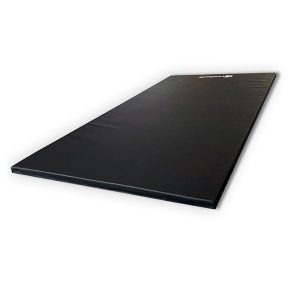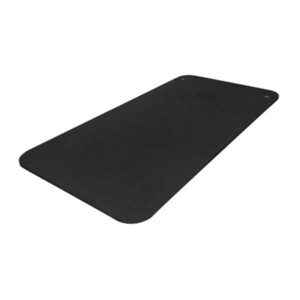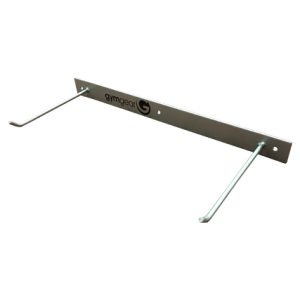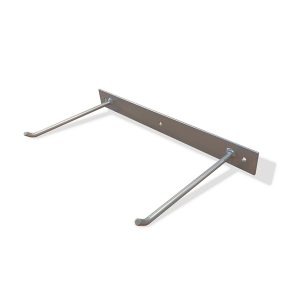






Gym mats are crucial to any fitness or training regime, whether you’re a professional athlete, fitness enthusiast, or just a beginner starting your fitness journey. They are designed to protect you and absorb the shock from high-impact exercises, reducing the risk of injury and making your workout safer. They also provide comfort during floor-based exercises, ensuring a more productive and enjoyable workout experience.
Our range of gym mats includes a variety of sizes, thicknesses, and materials to suit different types of workout routines. From pilates and yoga to weightlifting and high-intensity interval training, our gym floor mats cater to every fitness need.
Q1. What is the right thickness for a gym mat?
The right thickness depends on the type of exercise you’re planning to do. For yoga and pilates, a thinner mat (about 3mm) offers better stability. For high-impact exercises or workouts involving kneeling or lying down, a thicker mat (around 10mm or more) provides better comfort and cushioning.
Q2. How do I clean my gym mat?
Most gym floor mats can be cleaned with a soft, damp cloth and mild detergent. It’s important not to soak the mat or use harsh chemicals, as these can damage the material. Always check the care instructions provided by the manufacturer.
Q3. How often should I replace my gym mat?
This depends on the frequency and intensity of your workouts, as well as the quality of the mat. Generally, you should consider replacing your mat when it starts to show signs of wear, such as thinning, loss of grip, or cracking.
Q4. Can I use a yoga mat as a gym mat?
While yoga mats can be used for some exercises, they might not provide enough cushioning for high-impact workouts or exercises that require more stability. It’s best to use a mat designed specifically for your type of workout.
Q5. Are all gym mats non-slip?
While many gym mats offer non-slip surfaces to ensure safety during workouts, this can vary depending on the specific product and material. Always check the product description to ensure it meets your needs.
Q6. What is the best material for my gym mat?
There are different types of gym floor mats available, such as rubber gym mats, vinyl gym mats or polymer. The gym mat you need depends on the type of workout you are doing. Gymnastic mats are typically a soft material, like the rubber gym mats or foam.
Q7. Do you sell gym mats in various colours?
Yes, most of our rubber gym mats come in various colours such as: black, blue and red.
Whether you’re an avid gym-goer or just starting out, a good-quality gym mat is a must-have for any workout routine and part of your gym flooring. With benefits like improved comfort, enhanced stability, and injury prevention, it’s a small investment that delivers big returns for your fitness journey. Choose the right mat for your workout, and you’ll not only protect your body but also maximise the effectiveness of your exercise regimen. For more gym flooring products, look here.

82 Roman Way Industrial Estate
Preston
PR2 5BE
United Kingdom
Registration Number: 3349377
VAT Number: 628894877